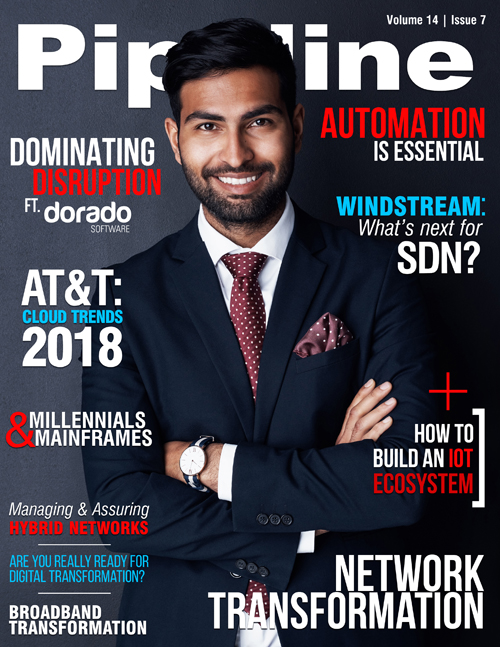Software Platform-Driven Transformation
of the Broadband Access Network
Changing consumer expectations
The consumer experience revolves around the applications and devices that live within their home and smartphone. Speaking on behalf of consumers whose expectations have been established by our online experiences, I put forth these tenets as the cornerstones of the new broadband experience: we crave wireless connectivity everywhere and all the time, we want immediate and flexible service choice and delivery, we want everything to be simple yet come with full-service support, and we want it affordable in incremental bite size portions. Anything less is a disappointment.
To succeed in the business of broadband access, innovative service providers must transform themselves and meet the business objectives of increased service agility, increased operations efficiency, the creation of new revenue streams, and the realization of step-function cost reductions. Fortunately, the path to success has been blazed by the megabrand application providers.

The engine of innovation
In the past, transformative innovation in the broadband business came from the silicon chipsets providing the physical layer connection between the central office or cable head end, and the subscriber’s home. Service providers and systems suppliers waited patiently for the next copper, coax, or fiber technology to provide a competitive advantage. Those days are gone. While the physical layer technology is important, going forward, nearly all transformative innovation will be driven by the software that is abstracted from and rides above the physical layer. Software will define the service, not the physical network.
We’ve seen software-driven transformation occur in the data center and within our handheld devices. We are very familiar with the software platforms driving Amazon Web Services and Google Cloud. On our smartphones, the iOS® and Android® brand names are familiar to most consumers, yet, we mostly think of the applications and benefits derived from these platforms like the Netflix® and HULU® streaming media services made so enjoyable by the pervasively available software platforms. Joining the parade, at the beginning of 2018, streaming media pioneer Roku unveiled a whole home entertainment licensing program and voice-controlled Roku Entertainment Assistant to enable OEM brands to integrate the Roku software platform into consumer devices. Software platforms are everywhere.
Each data center, smartphone, consumer service, and device is being transformed through the power of software platforms that enable virtualized microservices that can be ported anywhere in the network.



















